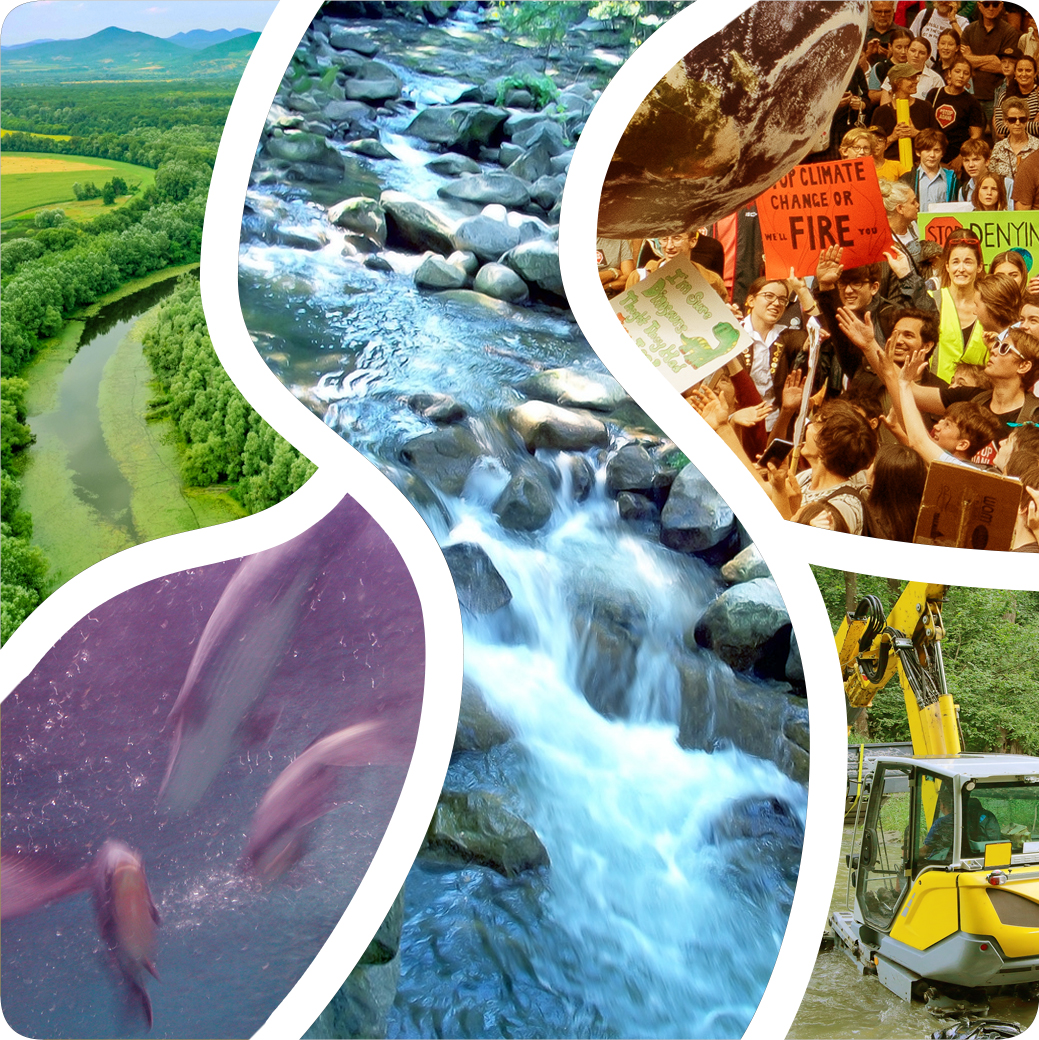Dr Helmut Habersack
Univ. Prof., University of Natural Resources and Life Sciences, Vienna, Austria
Scientists & Researchers

My Projects
My Focus and Approach
- My journey:
I grew up at a farm in Styria / Austria, helping my parents where needed. Having had very good teachers in the high school in Fürstenfeld, e.g. in biology, my interest for the environment and water was triggered. It became clear that there are on the one side economic needs to feed and protect the people and on the other side ecological deficits are increasing that need a better awareness. - My Education:
- I studied Environmental Engineering and Water Management at the University of Natural Resources and Life Sciences, Vienna (BOKU), where I did a PhD in 1997 and a Habilitation in 2001. Outside the university I spent 1997/98 as PostDoc at the National Institute of Water and Atmospheric Research in New Zealand and later became a Visiting Professor in the USA (Berkely, Minneapolis, 2009) and Japan (Kyoto, 2015). In 2011 I became Full Professor for Hydraulic Engineering and Modelling at BOKU.
- The Big Change:
At the farm in Styria a small river flows along it that caused frequent flooding. At the same time this river contained fish, crayfish and was home to birds like the kingfisher. At the age of 13 I was visiting the regulation of this river with a concrete river bed, followed by the complete loss of the ecosystem functions. This triggered my interest to find ways of reducing floodrisk and at the same time to improve the ecosystem - Favourite part of the work I do:
It is a real privilege to be able to work on topics which I am also privately interested. This is related to all issues around rivers. It is a big fun to study fundamental processes occurring in rivers but also working out practical solutions that can be implemented in river management. - The biggest barrier and what I am trying to do about it:
Decision makers, stakeholders and the general public in many regions are not familiar how a real, natural river should look like (because almost no such rivers are left over) and which ecosystem functions are essential for the environment and people. This includes the need for enough space to develop the necessary morphology and its dynamics. River corridors are essential for allowing river processes to develop and lead to a more resilient condition. This includes the availability of a river morphological space demand combined with an adequate process understanding, solutions and budget to implement the restoration measures, which need to have a sufficient spatial and temporal extent
My Journey
Interview
Was this information useful?
No
Thank you for submitting feedback.
Click here to share your thoughts
Some Key Messages
- What’s most important:
Do fundamental and applied research to understand the behavior of certain river basins, sections and local conditions. Communicate the results in an understandable way to stakeholders and the general public as well as politicians to create awareness and support.
- Do this, not that:
Work with the river instead of performing “Disney Land River Engineering” where a river is built in a certain designed way.
- Always start by:
Trying to understand the river functioning, boundary conditions on a basin scale before you downscale your analysis to the reach or local scale.
- Keep on …:
Never give up some solutions you are convinced that they are good and you can proof that they will work
Acknowledgements & Links
This material was provided by: Helmut Habersack
For more information, see https://forschung.boku.ac.at/fis/suchen.person_uebersicht?sprache_in=en&ansicht_in=&menue_id_in=101&id_in=89


